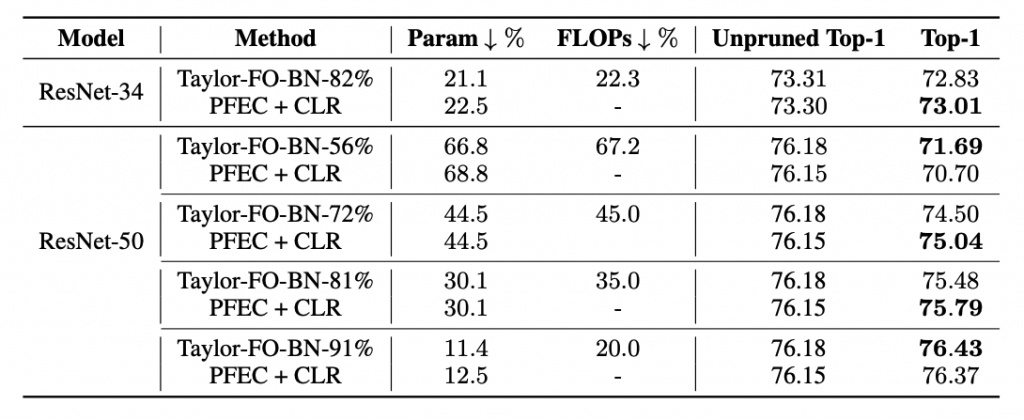Hao Phung, Quan Dao, Anh Tran
Training neural networks is an everyday task in the era of deep learning and artificial intelligence. Generally speaking, given data availability, large and cumbersome networks are often preferred as they have more capacity to exhibit good data generalization. In the literature, large networks are considered easier to train than small ones. Thus, many breakthroughs in deep learning are strongly correlated to increasingly complex and over-parameterized networks. However, the use of large networks exacerbate the gap between research and practice since real-world applications usually require running neural networks in low-resource environments for numerous purposes: reducing memory, latency, energy consumption, etc. To adopt those networks to resource constrained devices, network pruning is often exploited to remove dispensable weights, filters and other structures from neural networks. The goal of pruning is to reduce overall computational cost and memory footprint without inducing significant drop in performance of the network.
A common approach to mitigating performance drop after pruning is retraining: we continue to train the pruned models for some more epochs. This seemly subtle step is often overlooked when designing pruning algorithms: we found that the implementation of previous pruning algorithms have many notable differences in their retraining step. Despite such difference, the success of each pruning algorithm is only attributed to the pruning algorithm itself. This motivates us to ask the question: do details like learning rate schedule used for retraining matter?
We conduct experiments with different learning rate schedules including learning rate rewinding (Renda et al., 2020) while varying pruning algorithms, network architectures and datasets. These schedules are illustrated in Figure 1. Particularly, they vary in learning rate value, decay function, etc.

We demonstrate that even with same retraining budgets, utilizing simple CLR with l1-norm filters (i.e. PFEC) pruning can achive comparable or exceed the performance of more sophisticated saliency metrics without meticulous hyperparameters searching.


We investigate the interplay between pruning saliency metrics and retraining configurations by comparing accuracy of randomly pruned networks with the original performance of methodically pruned networks. Surprisingly, we found that even random pruning with “optimal” learning rate schedule (while keeping all other hyperparameters) can outperform sophisticated pruning algorithm in numerous circumstances.
First we consider the simple norm pruning on small dataset such as CIFAR-10 and illustrate the result in Figure 2 below. We can see that randomly pruned networks consistently achieve superior performance than methodically pruned networks (fine-tuned with standard learning rate schedule) in terms of accuracy. However, random pruning obtain lower accuracy than l1-norm pruning when using identical retraining techniques.

Next, we consider a large-scale dataset such as Imagenet with more advanced pruning algorithms and also observed the same phenomenon.

These results suggest that retraining techniques, e.g., learning rate restarting and learning rate schedule, play a pivotal role to final performance. Thus, in order to perform fair comparison of different methods, one should be cautious of this seemingly subtle detail.
Overall
Duong Hoang Le (Research Resident)
Share Article